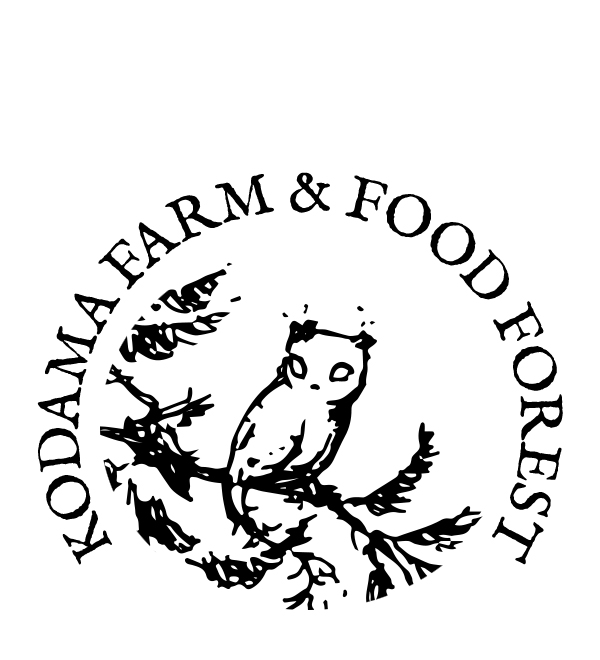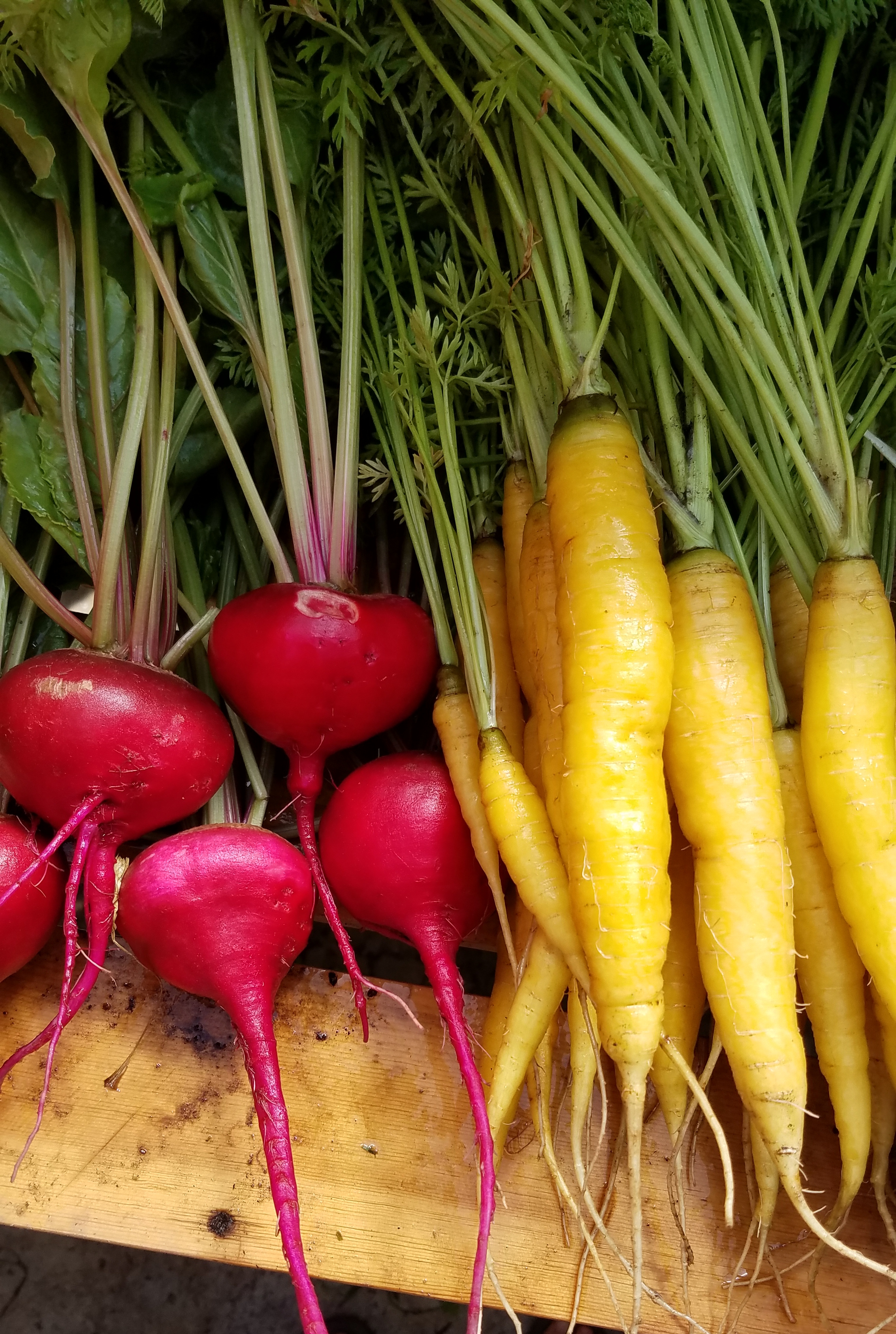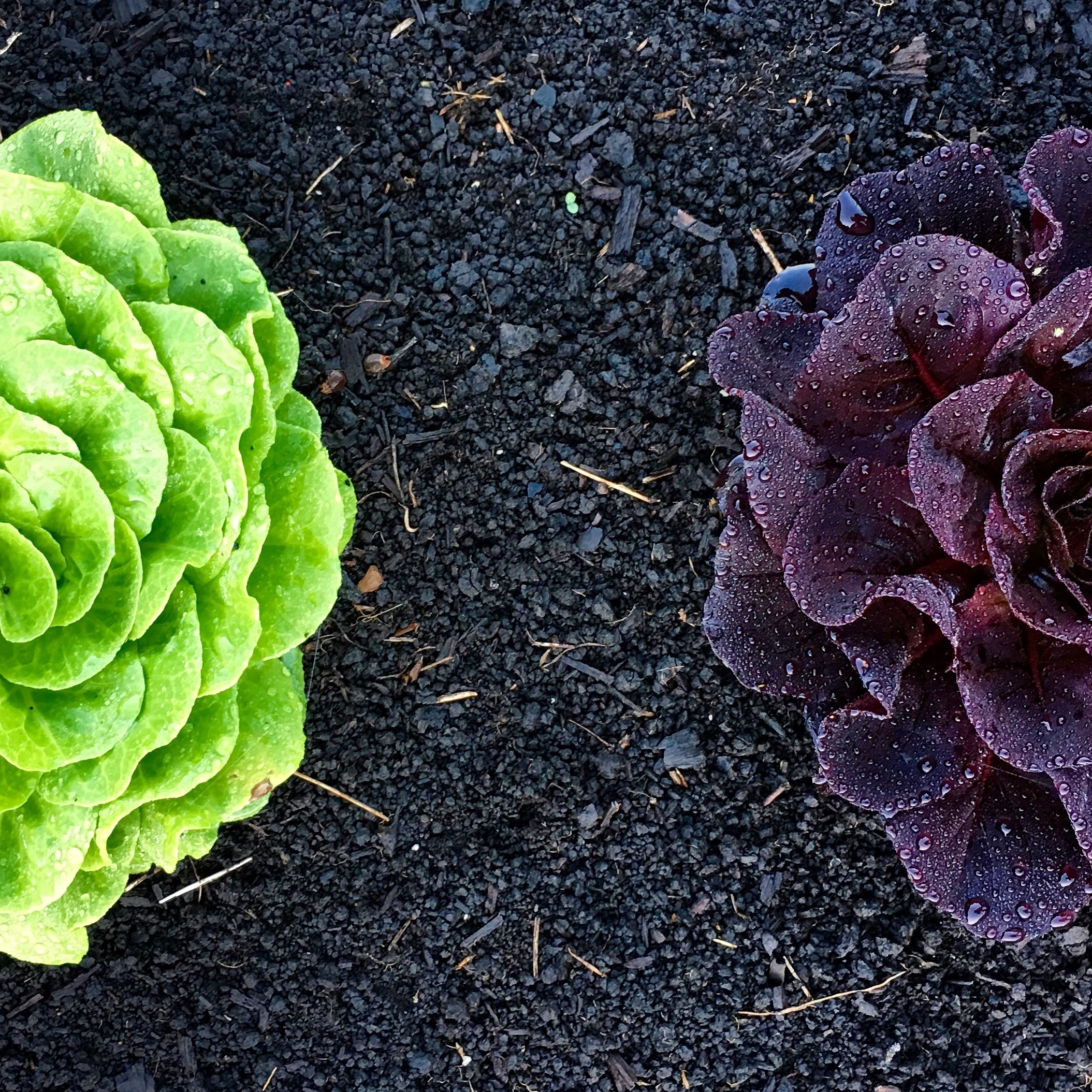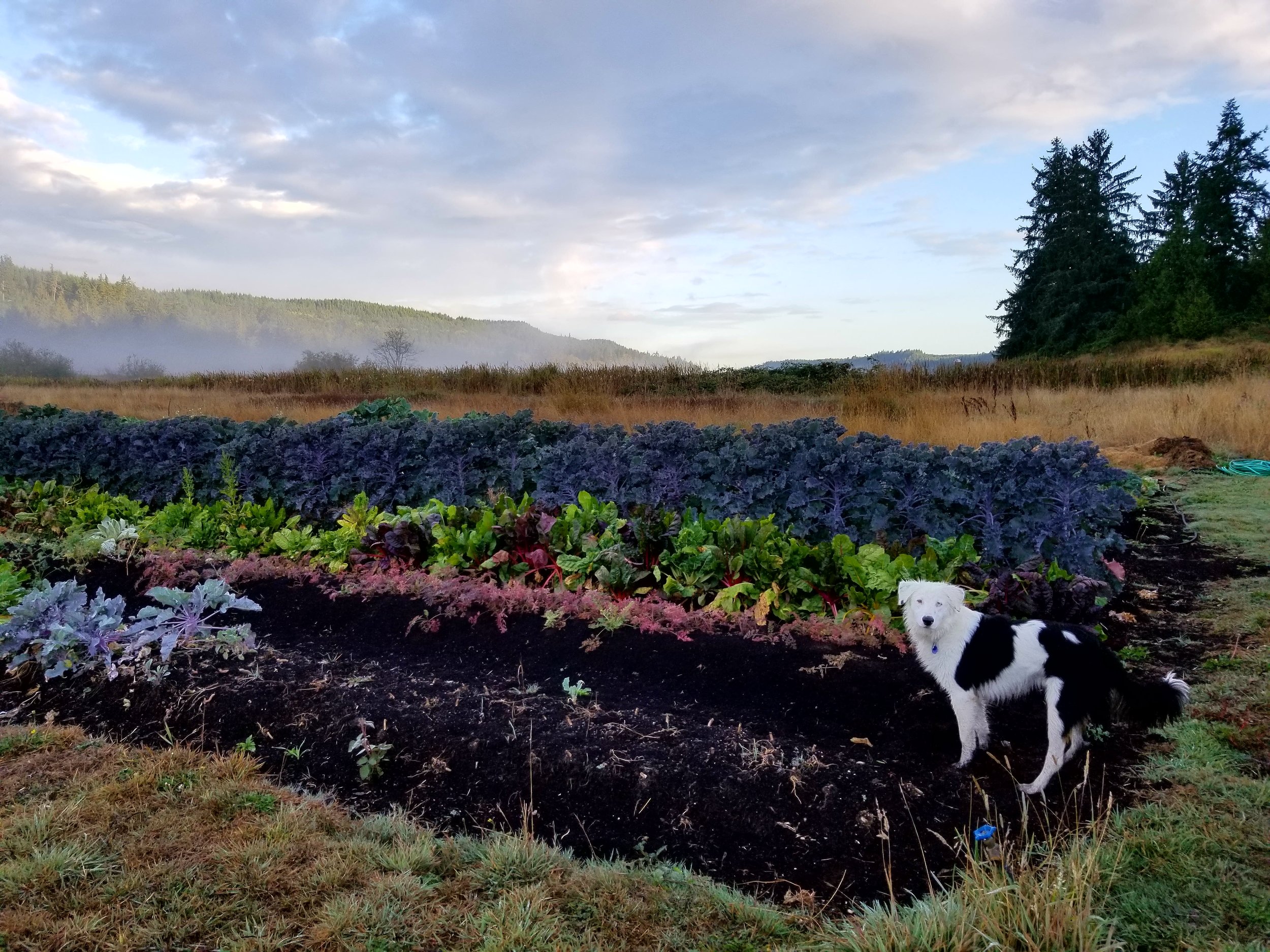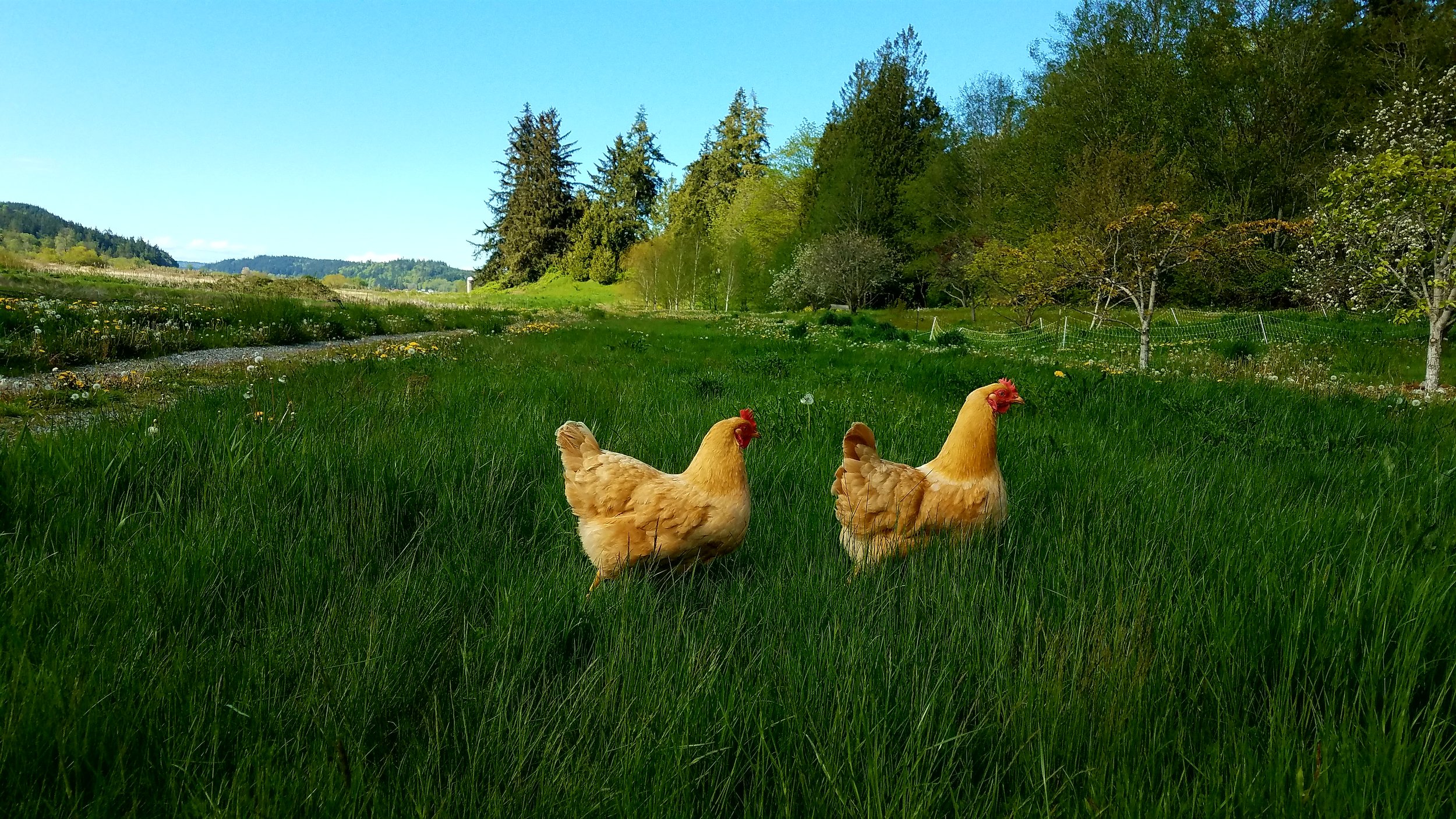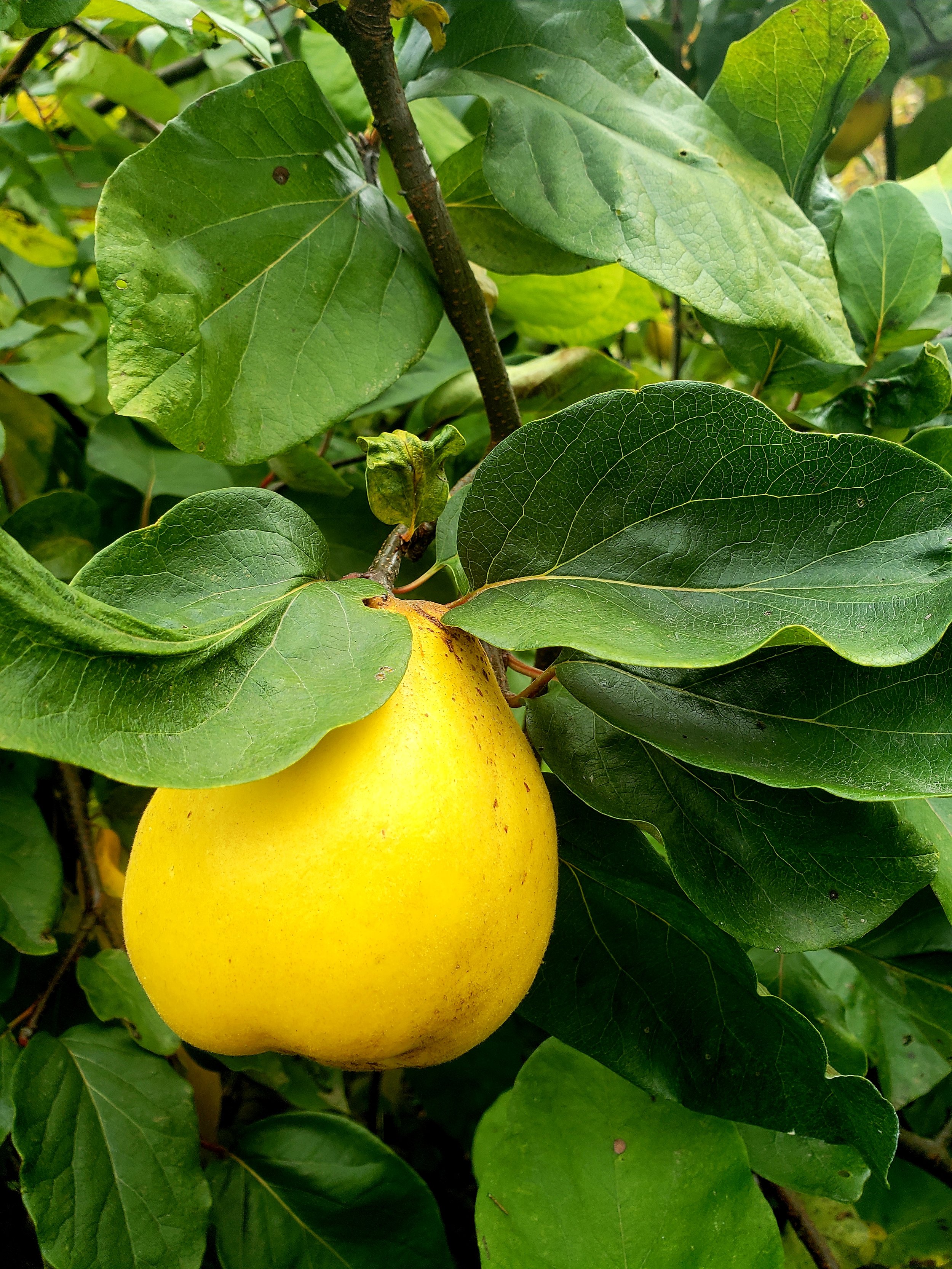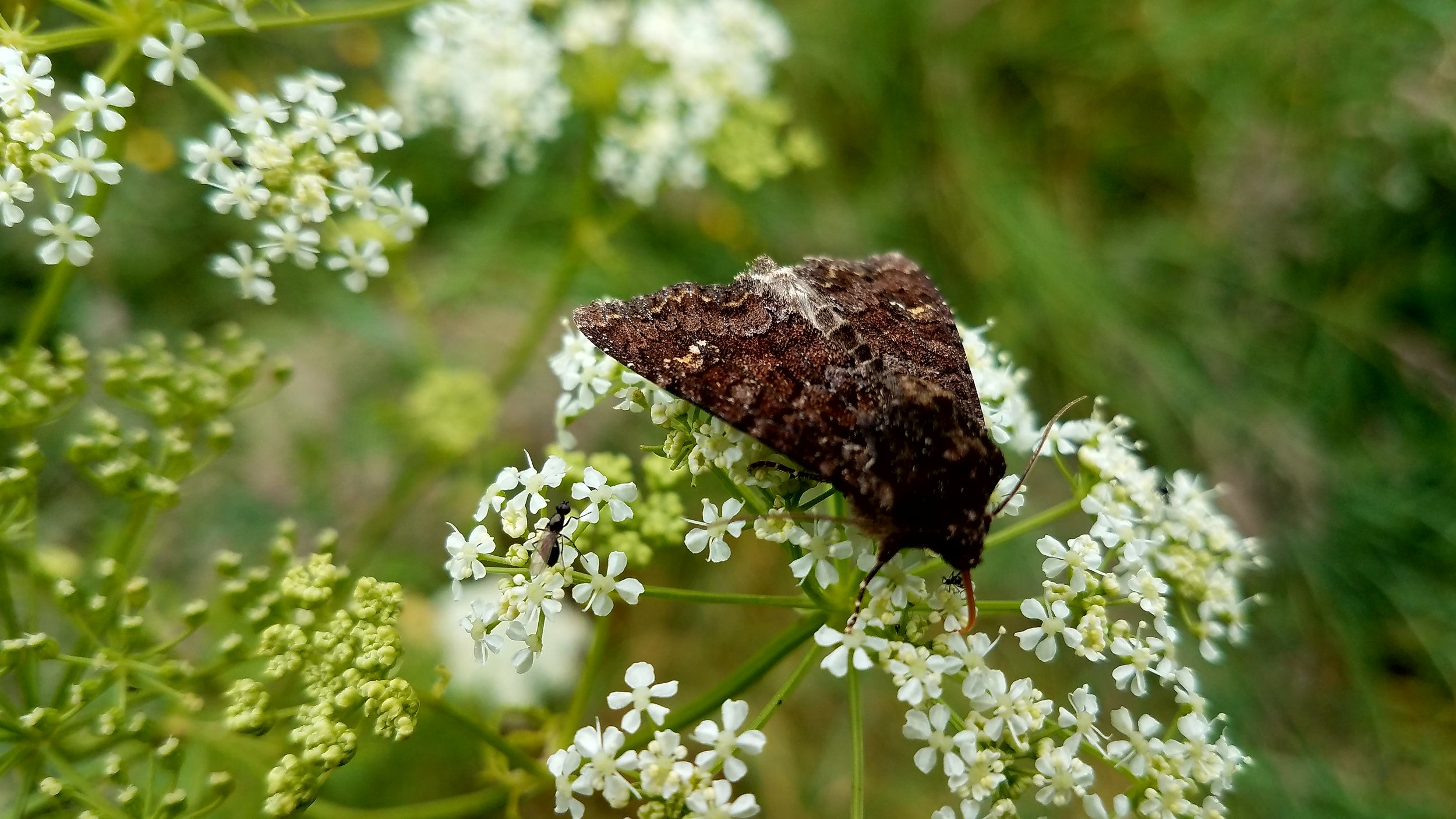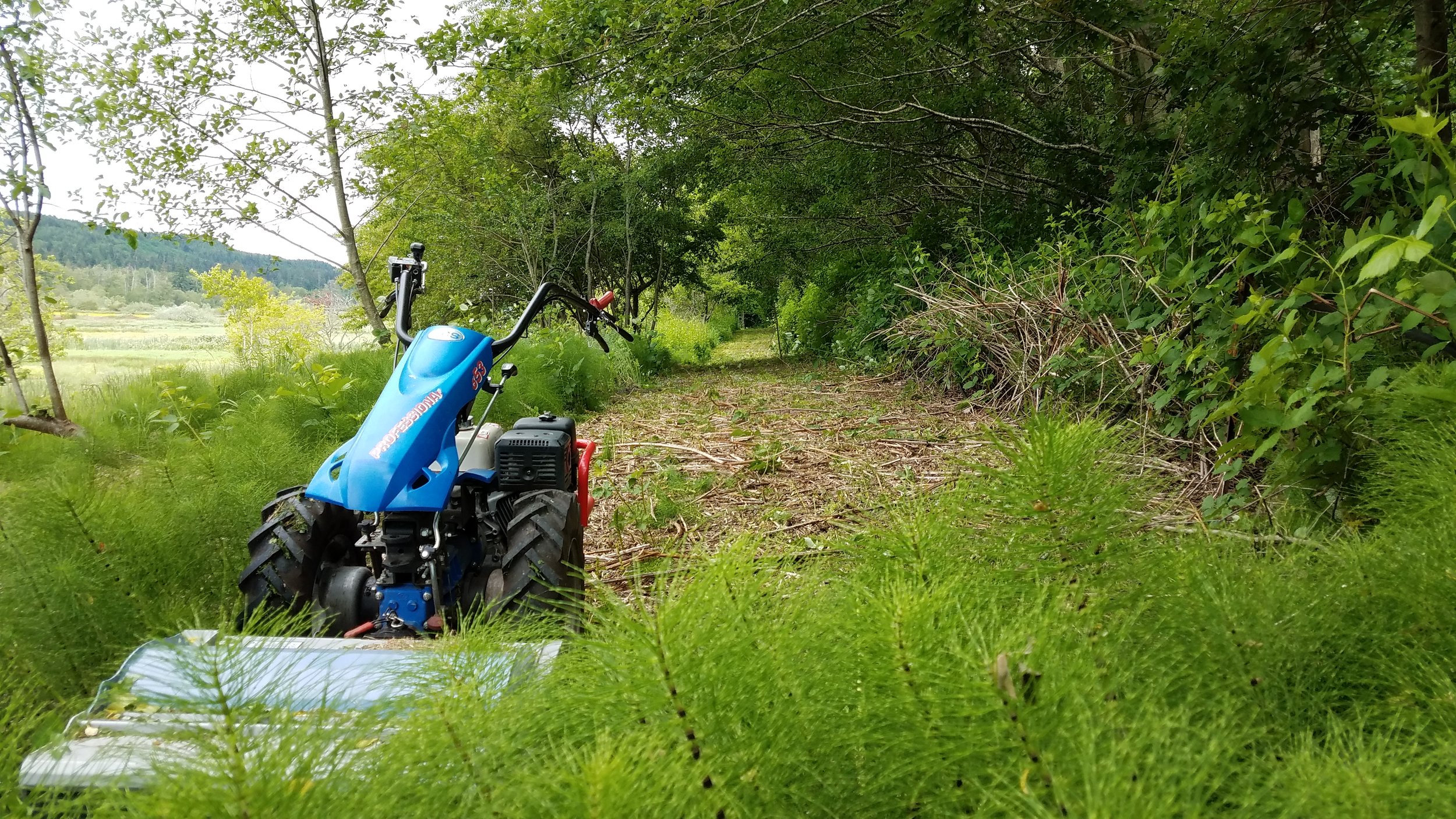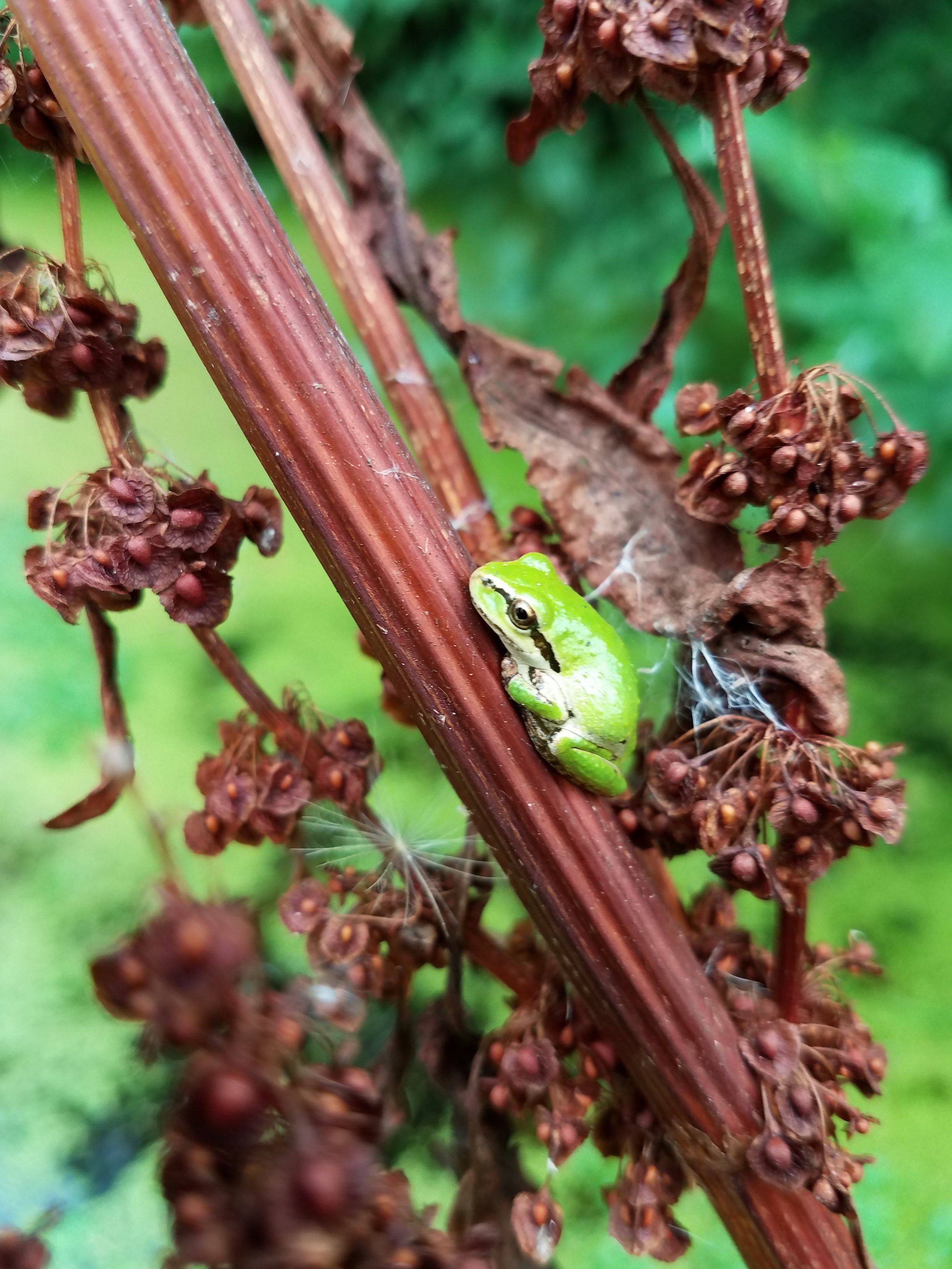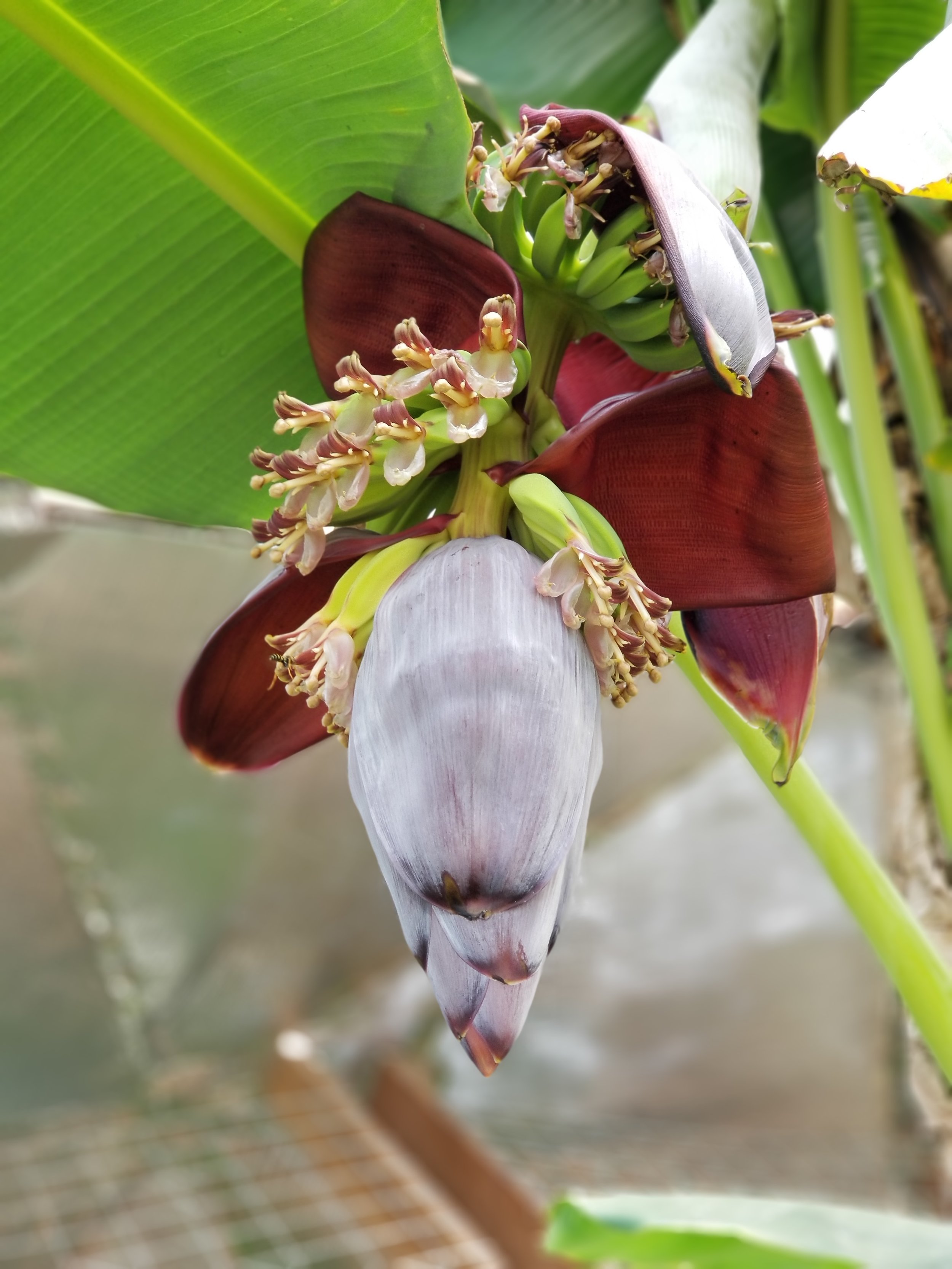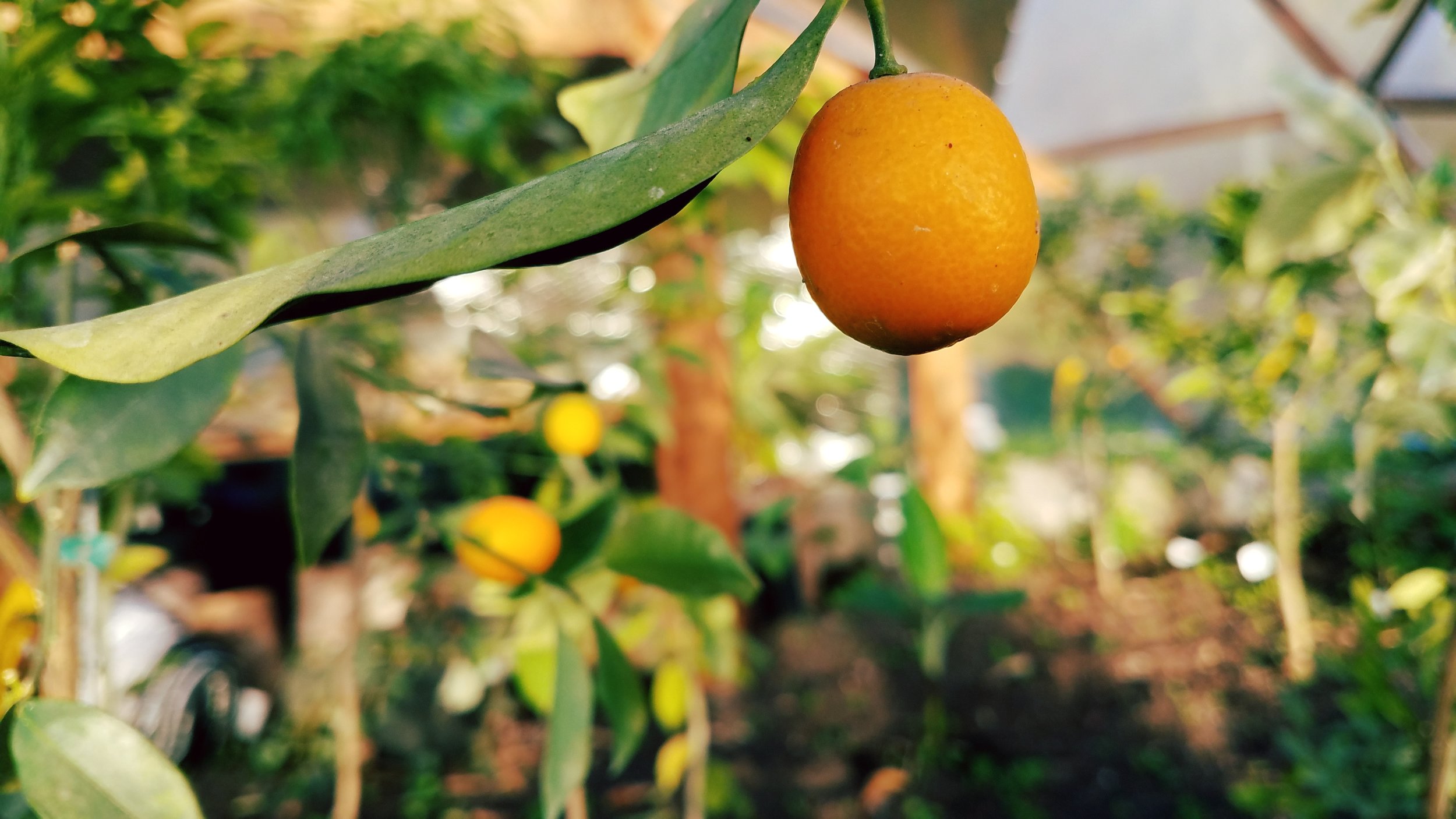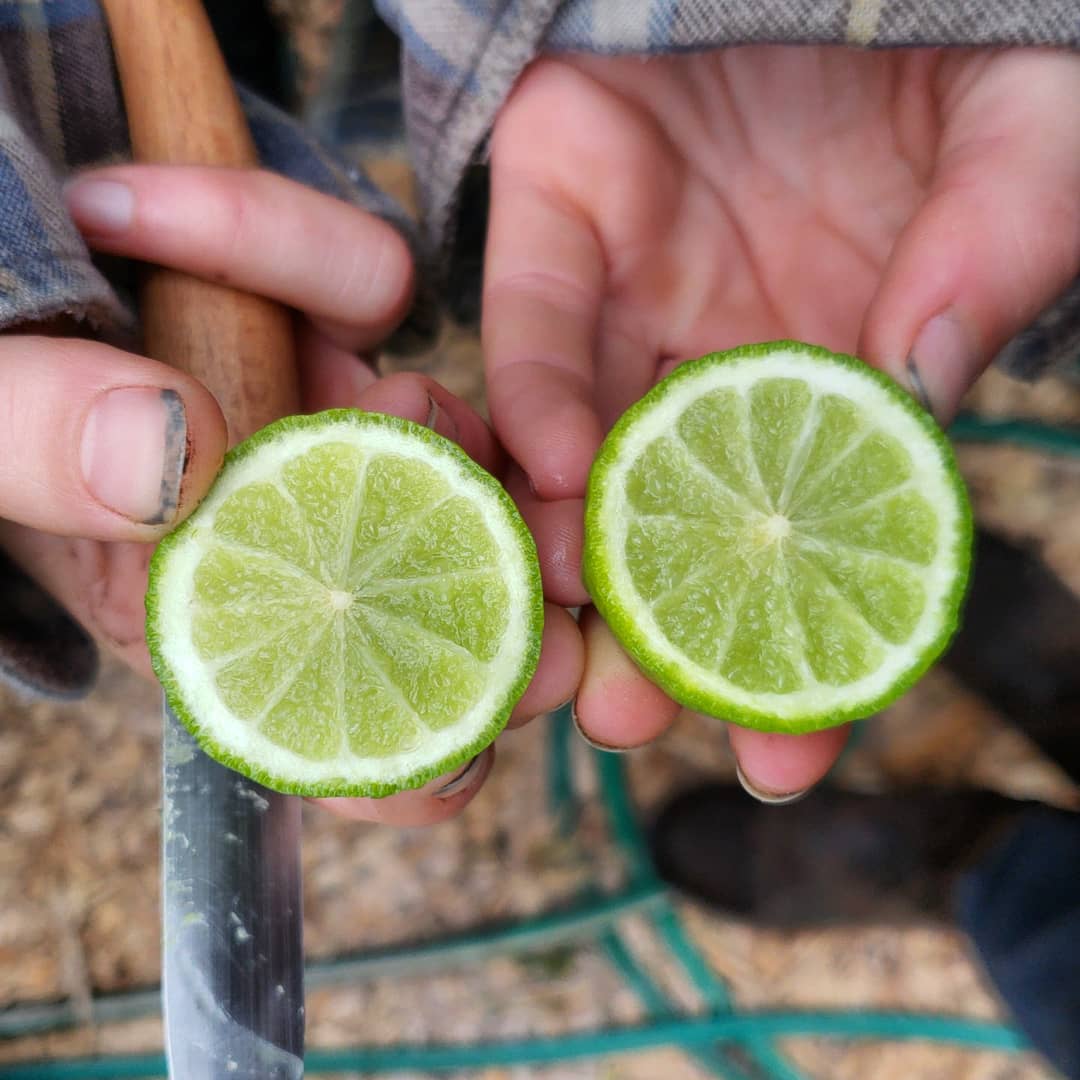Regenerative Agriculture
At Kodama Farm, the health of the land is our primary concern. The goal of regenerative agriculture is to continually improve the quality and health of the soil through natural systems. With these systems in place, we aim to produce high quality food for the local community with an emphasis on flavor and nutrition.
Soil Health and Development
The soil is the most critical component of any farm. High quality soil is rich with beneficial bacteria, fungi, worms, beetles, and hundreds of other organisms. Without these organisms, plants don’t have access to the essential nutrients and trace elements they need to thrive.
Tilling and the use of synthetic fertilizers, herbicides, and pesticides disrupt and eventually destroy the structure and life of the soil, leading to the need for greater amounts of fertilizer. These synthetic amendments leach into the water cycle, contaminate our crops, select for resistant pests, and drastically reduce biodiversity. At Kodama Farm, we value a no-till method of farming, using permanent raised beds and no pesticides, herbicides, fungicides, or synthetic fertilizers. Furthermore, due to the high water table in Beaver Valley, we do not have to rely heavily on traditional irrigation. Instead, the water table provides sufficient subterranean irrigation for the majority of the season.
We will also be integrating a permaculture-influenced technique into our market garden space. Each 1/8th acre garden plot will be bordered by rows of perennial plants and trees, including a range of edible, medicinal, and insectary plants. These borders will not only provide an extra harvest, they will attract many species of pollinators and predatory insects, increasing our yields and decreasing pest problems.
Food Forest
Kodama Farm is in the beginning stages of converting a five acre orchard into a Food Forest. A food forest is a gardening technique that emulates the layers, diversity, and nutrient recycling of a natural forest. Through the use of edible, medicinal, and otherwise beneficial plants, we will be able to mimic the many layers of a forest, such as the canopy (larger trees), the understory (shrubs and small trees), vines, ground-cover, fungi and roots.
This food forest will eventually provide us with an abundance of delicious food while supporting the health of the soil and symbiotic relationships that naturally exist in a healthy ecosystem.
A few of the plants that we will be adding to the forest include persimmon, mulberry, honeyberry, medlar, autumn olive, gooseberry, hazelnut, peach, kiwi, alpine strawberry, elderberry, edible mushrooms, currant, and more.
Geodesic Dome Greenhouse
Our geodesic dome greenhouse is home to many species of tropical and sub-tropical plants including lemon, lime, kumquat, blood orange, starfruit, dragonfruit, guava, and banana. We also grow a wide variety of peppers, exotic nightshades, and unusual herbs such as gotu kola, bacopa, ashwaganda, and tulsi (holy basil).
The greenhouse is heated passively through thermal mass and a solar powered "climate battery". The indoor pond and rock walls act as thermal mass, soaking up heat during the day, helping to maintain a constant air and soil temperature. The “Climate Battery" consists of a series of tubes that are coiled throughout the raised beds. A solar panel powers a fan that pulls hot air into the tubes during the day. At night, this air warms the soil and is released back into the dome.
